Contact Us
Contact Us
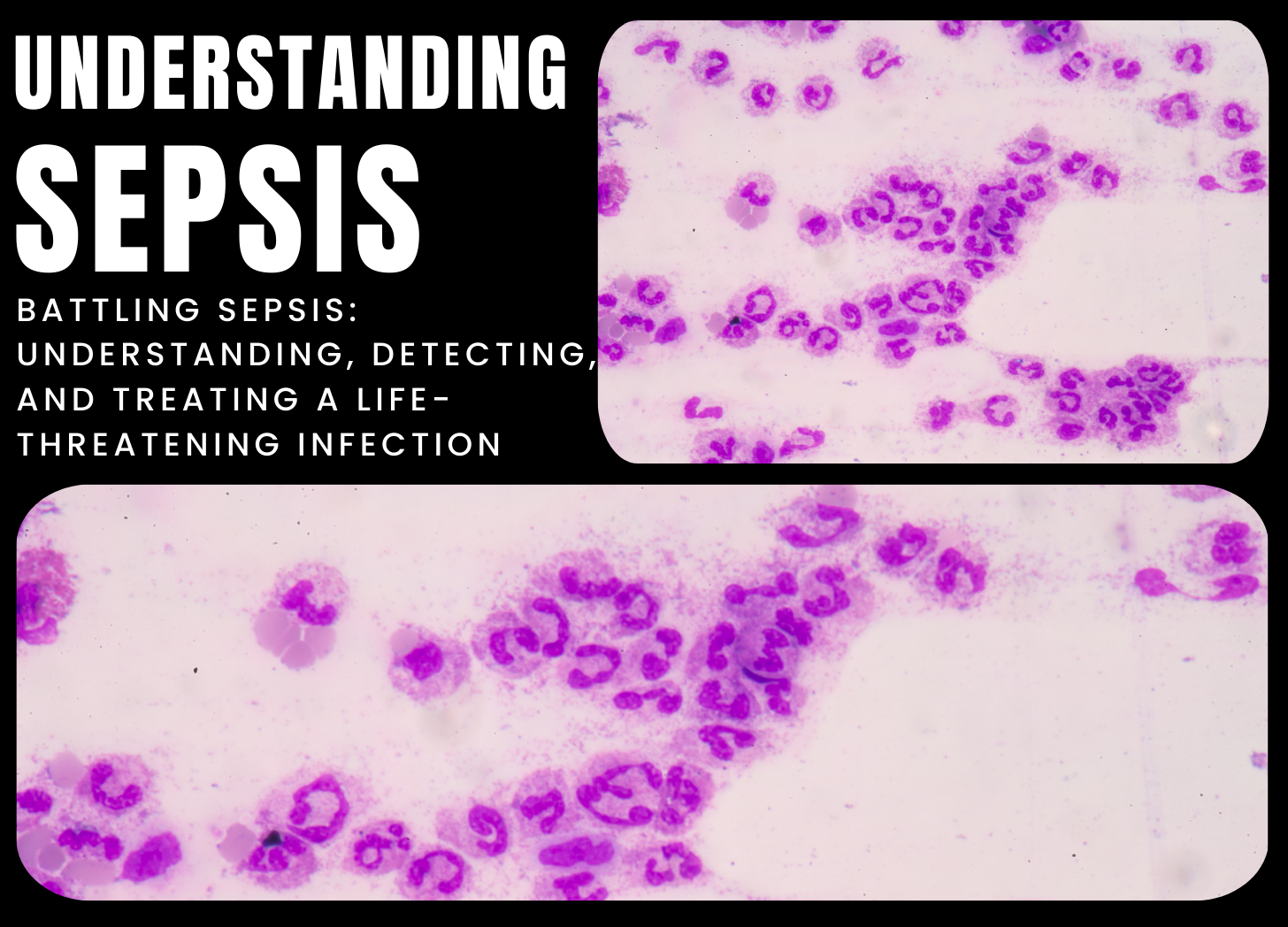
23 Apr 2024
Sepsis is a life-threatening illness in which the body's response to an infection causes extensive inflammation, resulting in organ malfunction or failure. It can affect people of all ages, from infants to the elderly, and it can advance quickly, often leading to severe sepsis or septic shock if not treated right once. Sepsis can be caused by bacteria, viruses, fungi, or parasites that enter the body through a variety of routes, including the lungs (pneumonia), urinary tract (urinary tract infections), abdomen (peritonitis), or bloodstream (bacteremia). The underlying cause of sepsis…
READ MORE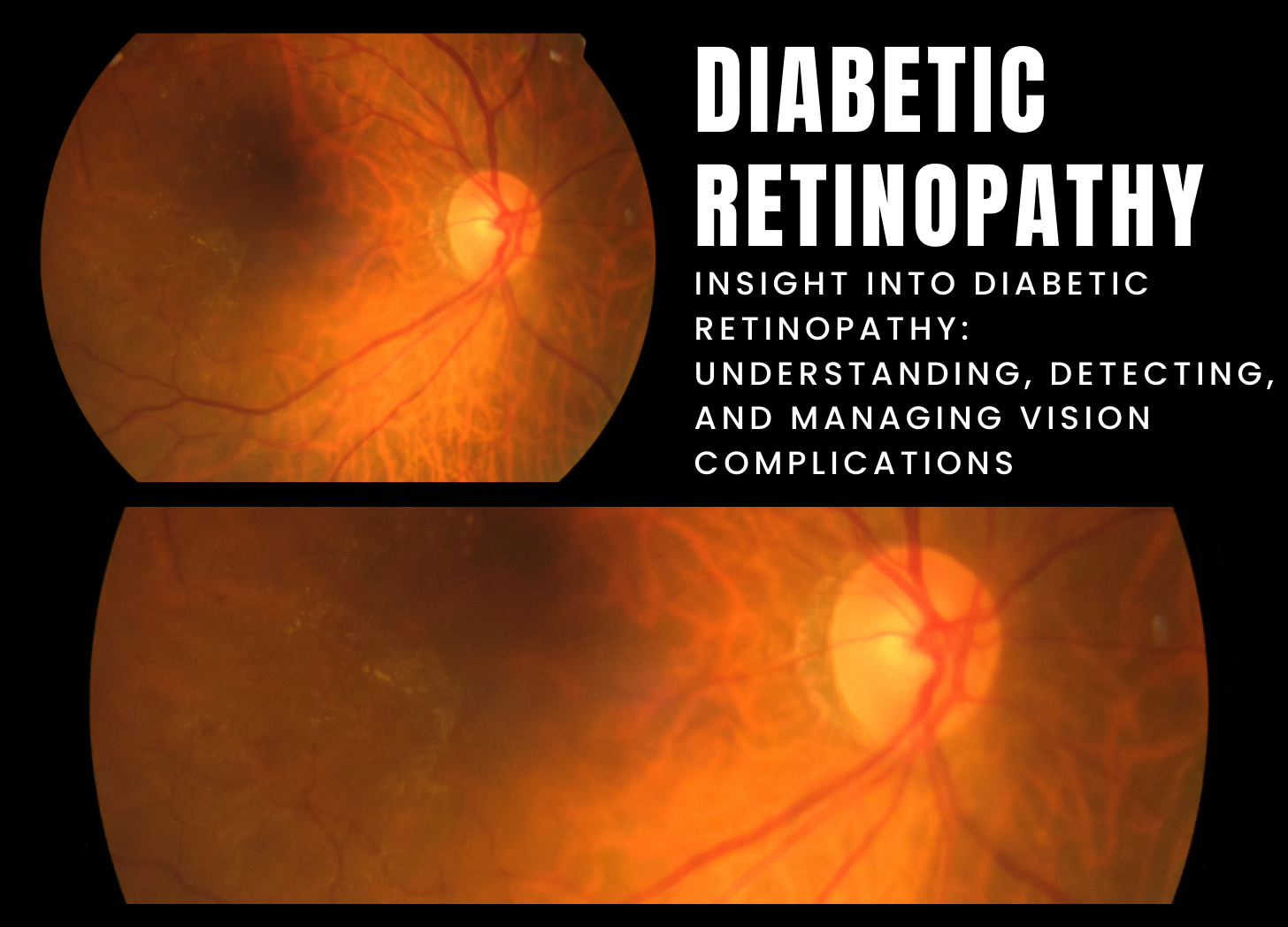
22 Apr 2024
Diabetic retinopathy is a significant eye disorder that affects diabetics and is a major cause of vision loss and blindness. Long-term high blood sugar levels cause damage to the blood vessels in the retina, the light-sensitive tissue in the back of the eye. Diabetic retinopathy can affect people with type 1 and type 2 diabetes, and it usually develops gradually, advancing from mild to severe. The specific etiology of diabetic retinopathy is unknown, although it is thought to result from damage to the retina's tiny blood capillaries caused by prolonged…
READ MORE
19 Apr 2024
Glaucoma is a collection of eye disorders that damage the optic nerve, causing progressive and irreversible vision loss. It is frequently accompanied with high intraocular pressure (IOP), which can be caused by poor drainage of aqueous humor, the fluid that nourishes the eye. Glaucoma can affect people of any age, but it is more frequent in older persons and those who have a family history of the condition. Glaucoma is classified into various types: primary open-angle glaucoma (POAG), angle-closure glaucoma, normal-tension glaucoma, and secondary glaucoma. The actual etiology of glaucoma…
READ MORE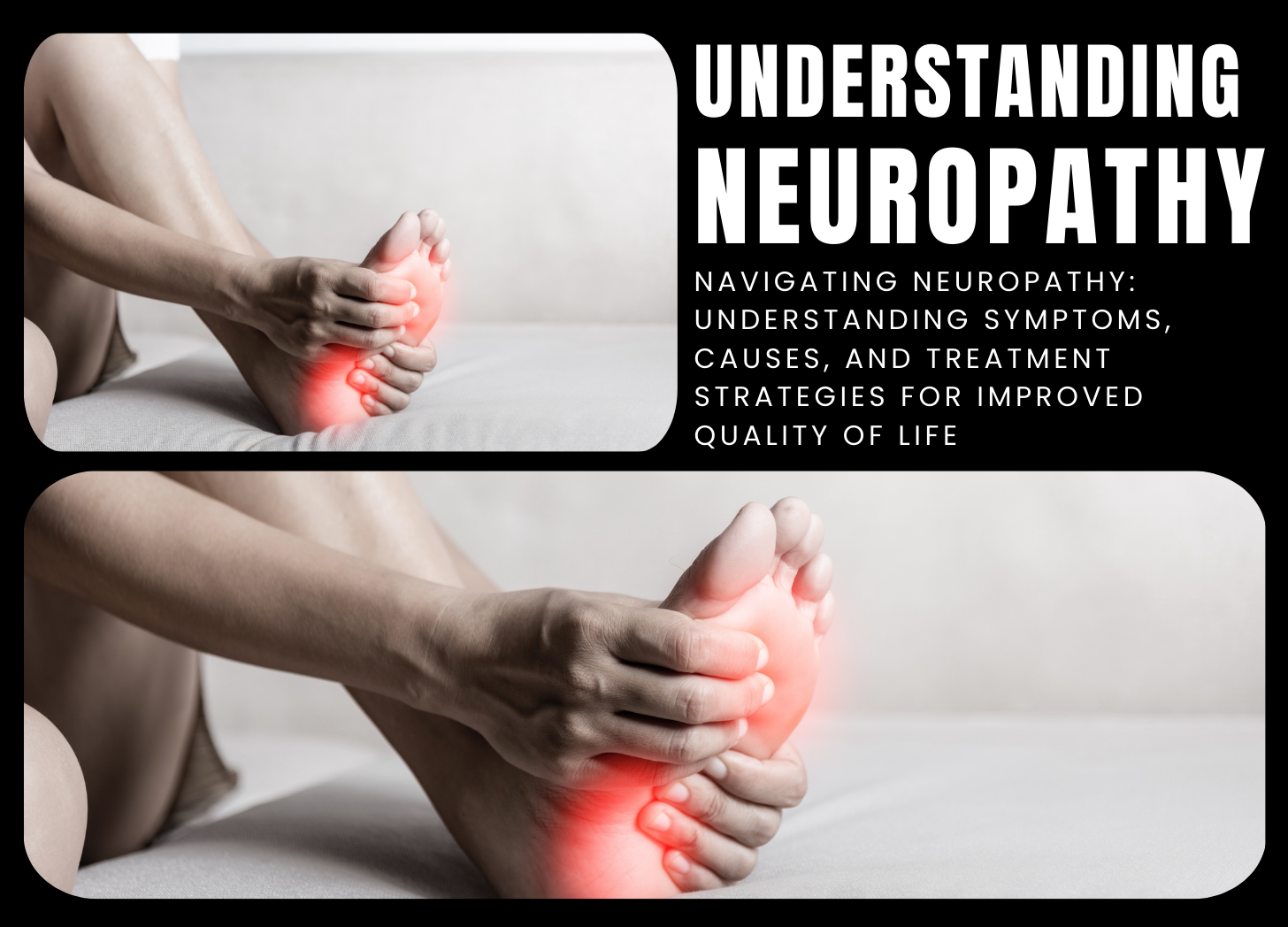
18 Apr 2024
Seizures are rapid, uncontrollable electrical abnormalities in the brain that can alter behavior, movements, perceptions, and awareness. They can vary greatly in severity, length, and symptoms, from brief periods of gazing or twitching to convulsions or loss of consciousness. Seizures can be caused by a variety of conditions, including epilepsy, brain traumas, infections, genetic abnormalities, metabolic imbalances, or withdrawal from specific medications or substances. The underlying cause of seizures varies by individual and can be divided into two categories: epilepsy and non-epileptic seizures. Epilepsy is a chronic neurological illness marked…
READ MORE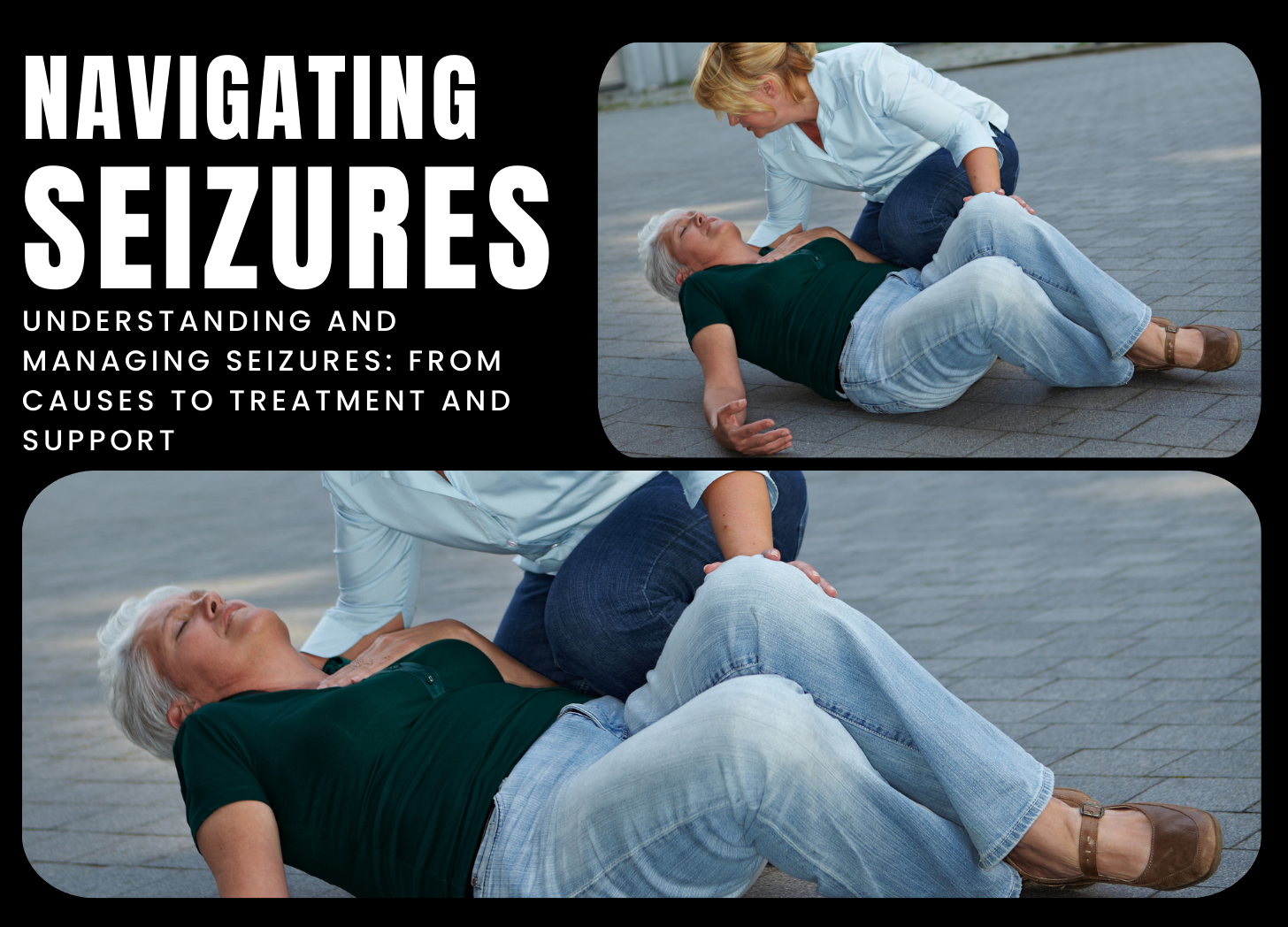
17 Apr 2024
Seizures are rapid, uncontrollable electrical abnormalities in the brain that can alter behavior, movements, perceptions, and awareness. They can vary greatly in severity, length, and symptoms, from brief periods of gazing or twitching to convulsions or loss of consciousness. Seizures can be caused by a variety of conditions, including epilepsy, brain traumas, infections, genetic abnormalities, metabolic imbalances, or withdrawal from specific medications or substances. The underlying cause of seizures varies by individual and can be divided into two categories: epilepsy and non-epileptic seizures. Epilepsy is a chronic neurological illness marked…
READ MORE
16 Apr 2024
Quadriplegia, sometimes known as tetraplegia, is a disorder in which all four limbs and, in most cases, the trunk are paralyzed due to spinal cord injury in the cervical (neck) area. This paralysis impairs sensory and motor function below the level of the damage, limiting a person's movement and independence. Quadriplegia can be caused by both traumatic events, such as spinal cord injury (SCI) from falls, vehicle accidents, or sports injuries, and non-traumatic reasons, such as tumors, infections, or vascular problems affecting the cervical spinal cord. The most common cause…
READ MORE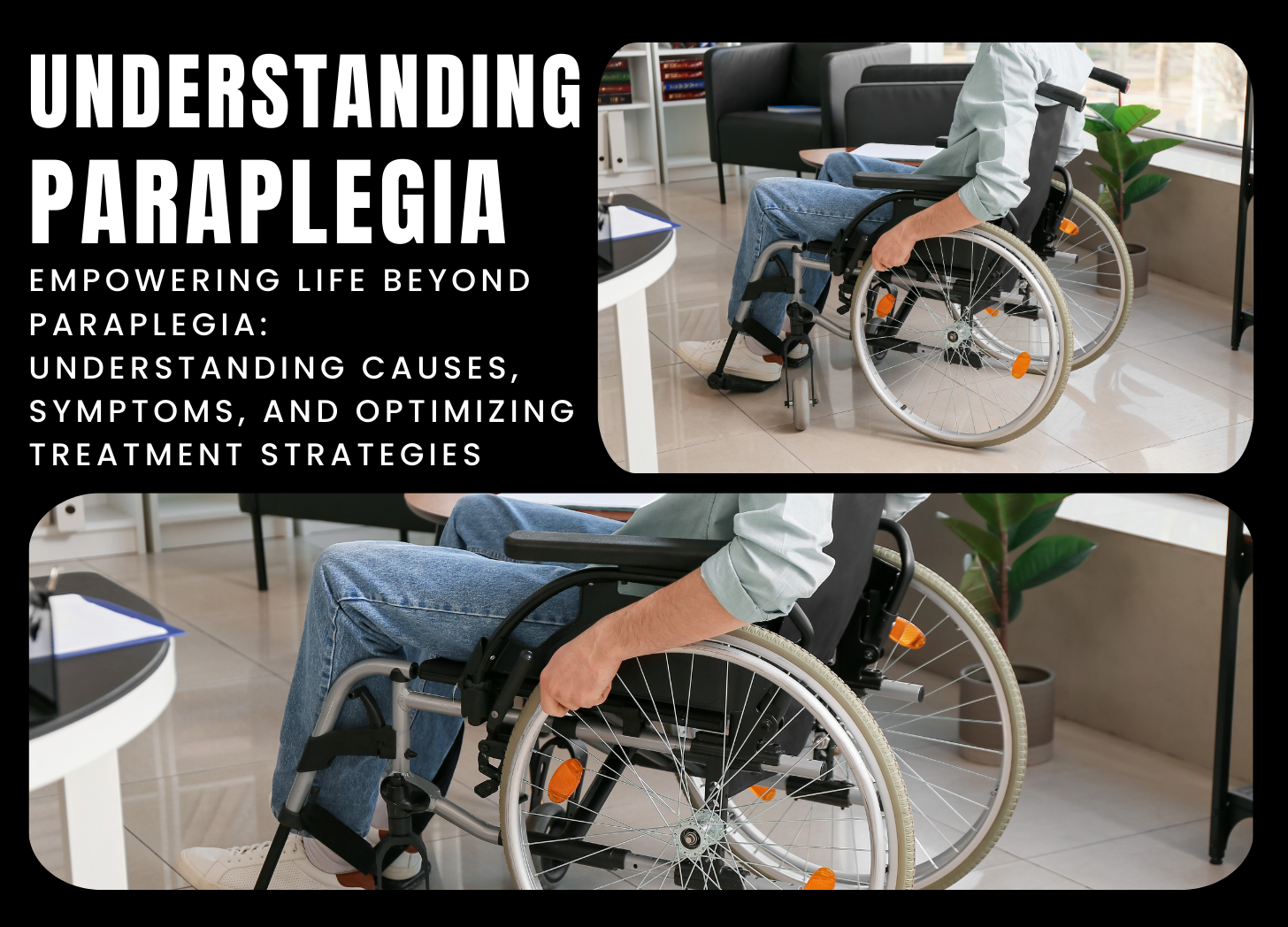
15 Apr 2024
Paraplegia is a condition that causes paralysis of the bottom half of the body, which includes both legs and, in many cases, the lower trunk. It is caused by spinal cord injury, which usually occurs at or below the thoracic spinal level. Paraplegia can be caused by a variety of events, including traumatic injuries (SCI) from falls, automobile accidents, or sports injuries, as well as non-traumatic causes such as tumors, infections, or vascular problems affecting the spinal cord. The most prevalent cause of paraplegia is a traumatic spinal cord injury,…
READ MORE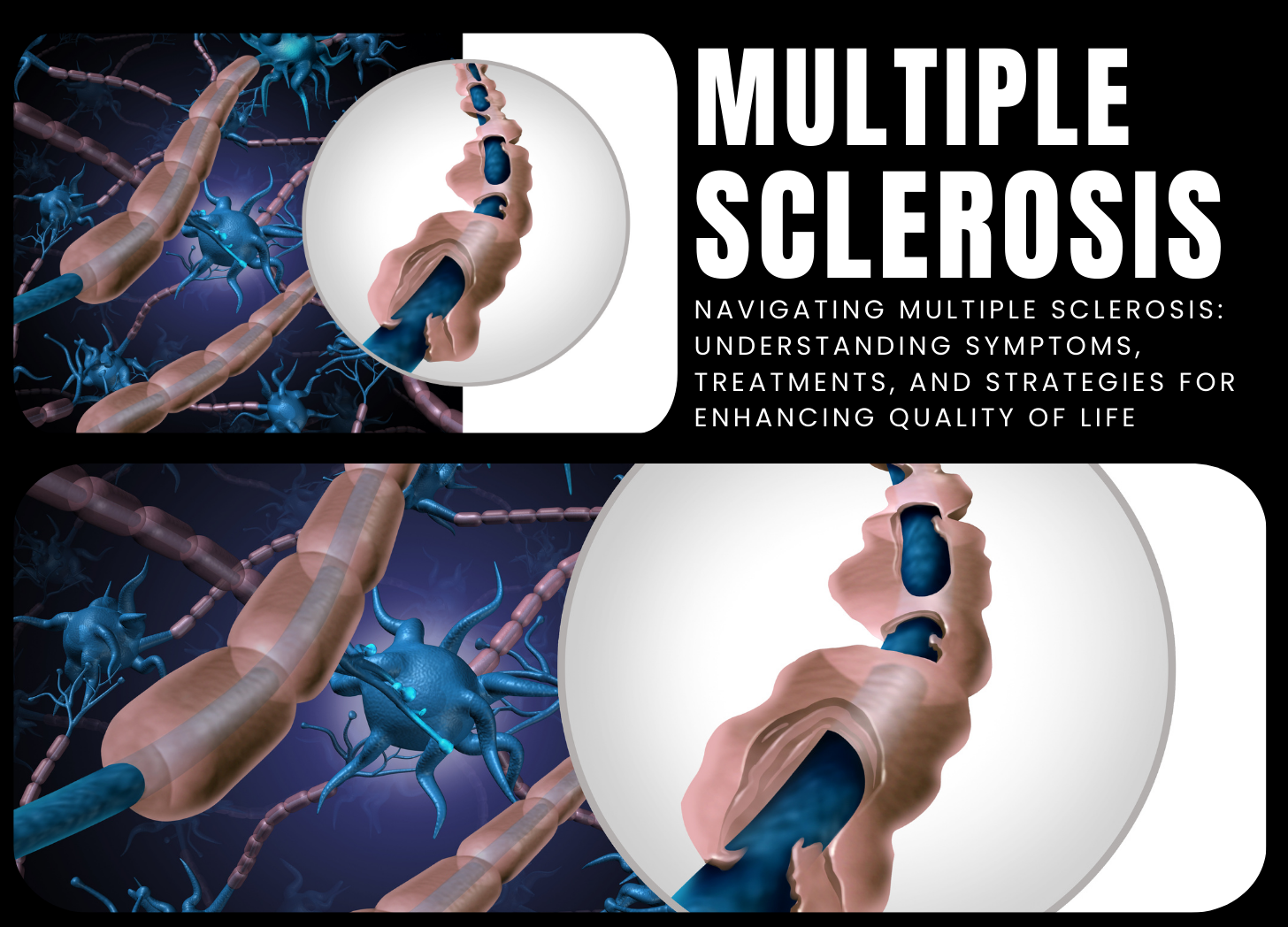
12 Apr 2024
Multiple sclerosis (MS) is a chronic autoimmune illness that affects the central nervous system (CNS), including the brain, spinal cord, and optic nerves. MS is distinguished by inflammation, demyelination (damage to the protective myelin coating protecting nerve fibers), and scar tissue formation (sclerosis) in the central nervous system. This injury interrupts the transmission of electrical impulses along the nerves, causing a wide range of symptoms with varying severity and duration. Multiple sclerosis is not completely understood, although it is thought to be caused by a mix of genetic, environmental, and…
READ MORE
11 Apr 2024
Degenerative disc disease (DDD) is a common disorder that causes slow degradation of the spine's intervertebral discs. Intervertebral discs are soft, gel-like cushions that act as shock absorbers between vertebrae, allowing the spine to move smoothly and with flexibility. With age, these discs can wear down, lose moisture, and develop tears or breaks, resulting in symptoms such as pain, stiffness, and restricted movement. Degenerative disc disease mostly affects the lumbar (lower back) and cervical (neck) areas of the spine. The specific etiology of degenerative disc disease is unknown, although it…
READ MORE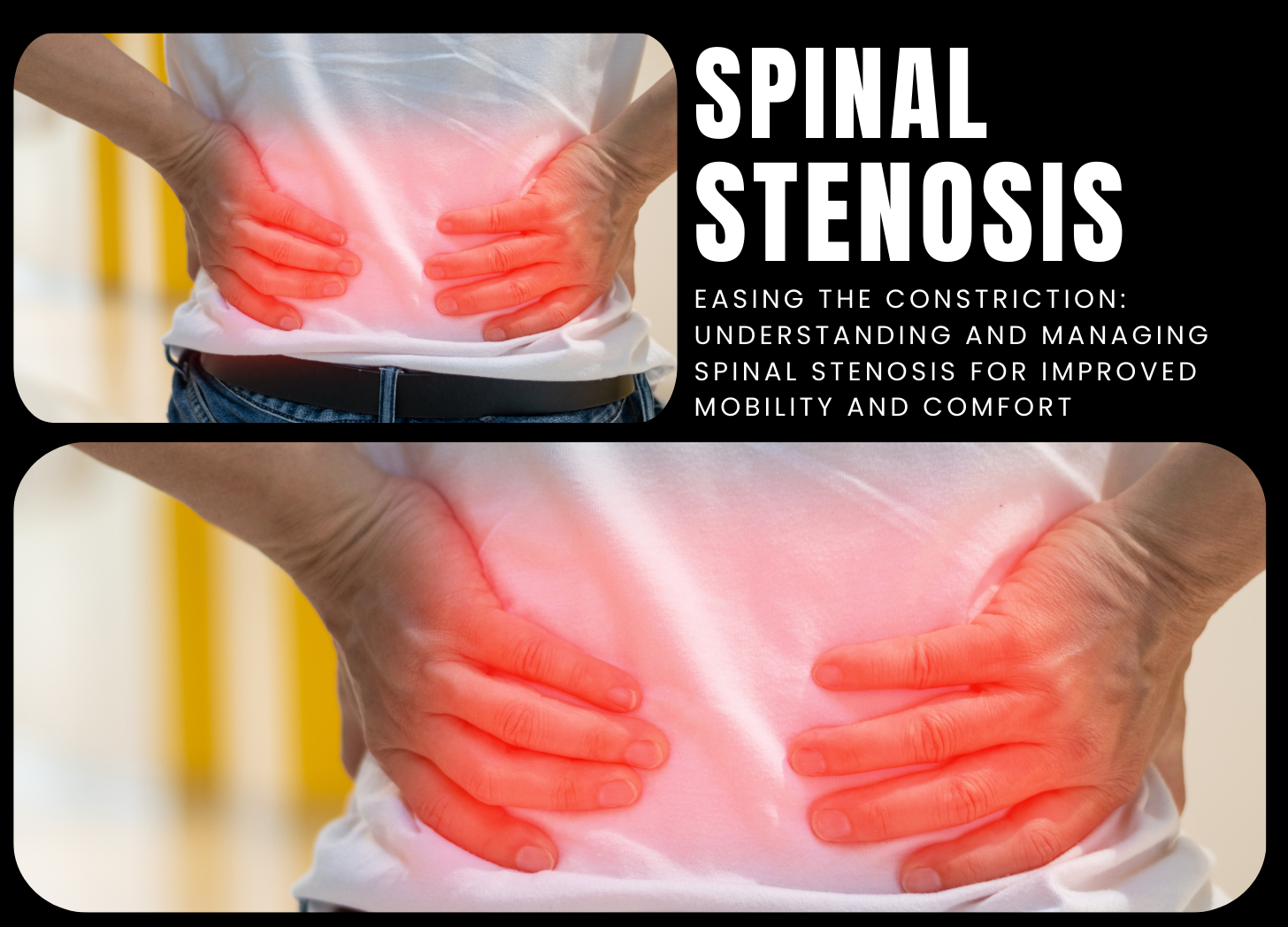
10 Apr 2024
Spinal stenosis is defined by a narrowing of the spinal canal, which can cause compression of the spinal cord and nerves. The spinal canal is a hollow region within the vertebrae through which the spinal cord and nerve roots travel. When the spinal canal narrows owing to numerous factors, it can cause symptoms such as pain, numbness, weakness, and trouble walking. Spinal stenosis mostly affects the lumbar (lower back) and cervical (neck) parts of the spine. Spinal stenosis is caused mostly by degenerative changes in the spine that occur with…
READ MORE